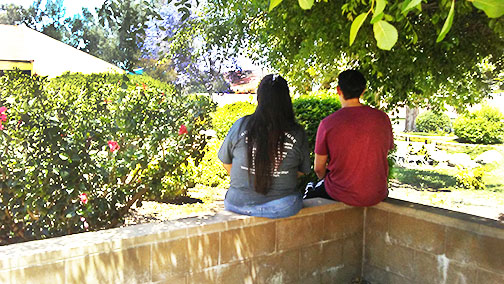
California officials have formed a new bureau designed to help some of the state’s most vulnerable children.
The Bureau of Children’s Justice aims to help kids who have experienced trauma, educational discrimination, human trafficking or problems in the foster care or juvenile justice system, state Atty. Gen. Kamala D. Harris announced Thursday.
“We simply cannot let down our most vulnerable children today, then lock them up tomorrow and act surprised,” she said in a release.
One of the agency’s first tasks will be to focus on the “broken foster care system, and making certain that California’s children receive full protection under the law and equal opportunities to succeed,” Harris said.
The bureau is part of the California Department of Justice. The new agency has already sent a letter to counties that lists their responsibilities in protecting children in foster care. State officials plan to identify gaps in the system in the coming months.
Ted Lempert, president of the statewide nonprofit Children Now, applauded the new bureau.
“Given the Attorney General’s past leadership and success with reducing chronic absence and suspensions in California, I’m confident the new bureau will be very positive for children,” he said.
The bureau will also work on combating elementary school truancy by piloting programs with school districts to improve attendance. A new partnership with University of California, Santa Barbara will try to replicate the programs across the state.
Harris also announced that the Department of Justice was one of three state agencies accepted by the U.S. Department of Justice to be part of a national Defending Childhood Initiative. The initiative aims to prevent kids from being exposed to violence and to help them if they have been traumatized.
As part of the federal program, California will screen kids who are at risk for exposure to violence. The screenings will take place at schools and pediatrician offices, and children will also be checked when they enter the child welfare and juvenile justice systems.





